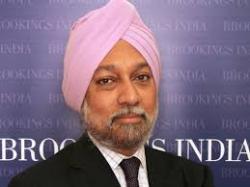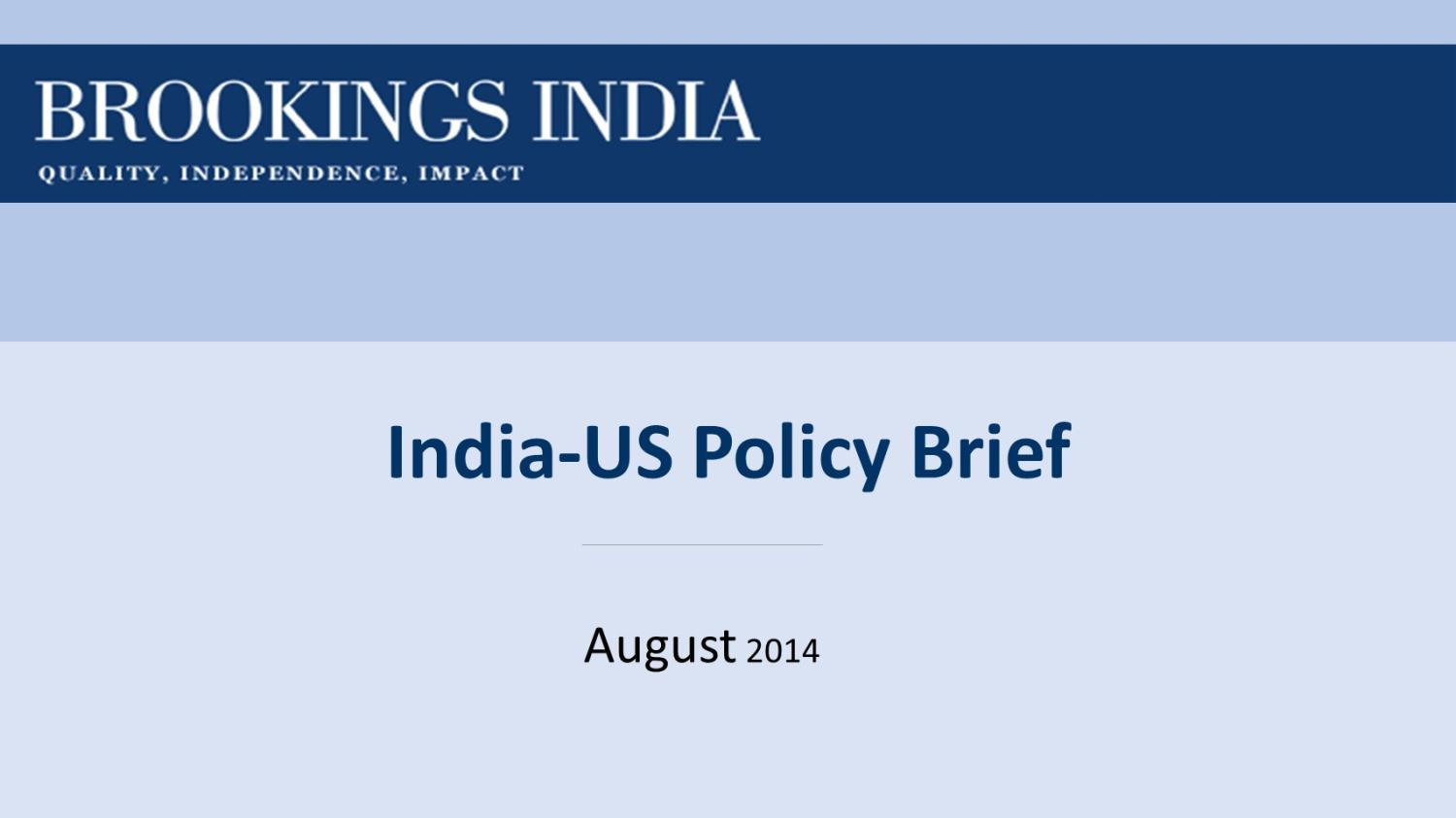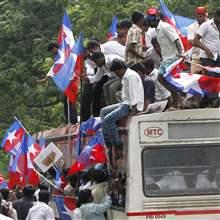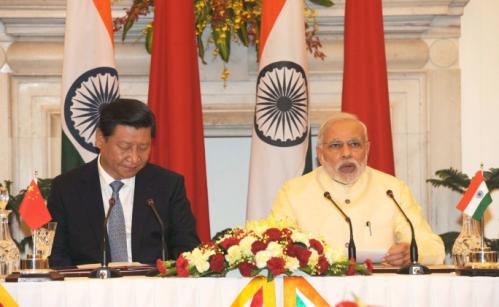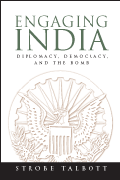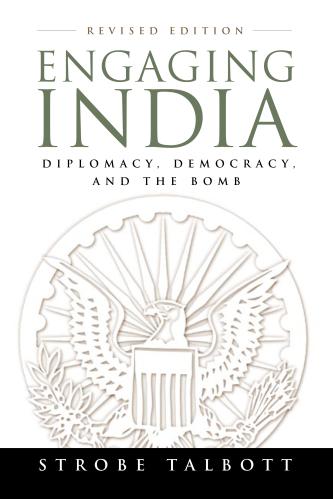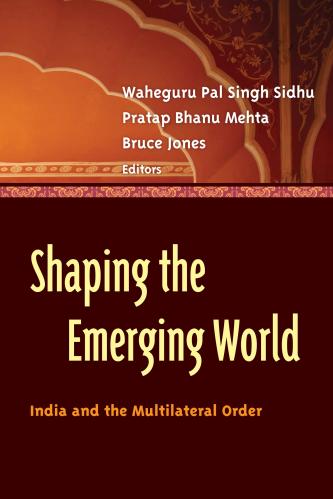Content from the Brookings Institution India Center is now archived. After seven years of an impactful partnership, as of September 11, 2020, Brookings India is now the Centre for Social and Economic Progress, an independent public policy institution based in India.
In this India-U.S. Policy Memo, W.P.S. Sidhu reflects on the delays in implementing the India-U.S. civil nuclear deal and writes that the upcoming summit between President Obama and Prime Minister Modi offers an opportunity to re-energize efforts to implement it in a timely fashion.
India-U.S. civil nuclear cooperation, starting with the July 2005 nuclear agreement and culminating in the formal 123-agreement bill approved by the U.S. Congress and signed into law in the autumn of 2008, was the poster boy of bilateral relations; it was expected to mark an end to decades-old strategic mistrust between the two countries. Today, however, the agreement looks more like the terrifying portrait of Dorian Gray.
Although former Indian Prime Minister Manmohan Singh considered the signing of the India-U.S. nuclear deal in 2008 as the singular “best moment” of his two-term tenure in office, its tardy implementation—marred by mutual suspicion—has become symptomatic of the drift in India-U.S. relations.
The nuclear deal was never only about India buying a few reactors from the U.S.; it was an opportunity to alter the existing world order fundamentally and it was in line with President Obama’s own nuclear security initiative and the Prague agenda. However, the failure to successfully implement even the most basic elements of the deal— look at the nuclear power plant at Mithivirdi in Gujarat—reflects the bilateral strategic gap.
U.S. reservations about India’s Civil Liability for Nuclear Damage (CLND) Act of 2010, in terms of commercial and legal implications on liability of the supplier, are well articulated and publicized. However, India’s serious concerns about the lack of implementation of key elements of the deal by the U.S. are less well appreciated. They include Washington’s delay in according Code of Federal Regulations Part 810 and other clearances for the nuclear power project at Mithivirdi, the insistence on end-use verification visits to Indian entities, and the perceived backsliding on issues related to administrative arrangements. In addition, the inability of the U.S. to convince the Nuclear Suppliers Group (NSG) to lift the Enrichment and Reprocessing Technologies transfer ban was also viewed with concern in New Delhi.
Clearly, high-level political attention, which initiated the deal in the first place, has been missing—yet this attention will be crucial to see this transformative project through to completion. The upcoming summit between President Obama and Prime Minister Modi offers an opportunity to re-energize efforts for the timely implementation of the deal and remove misgivings. The timing is particularly fortuitous for the Mithivirdi power plant: Westinghouse has to submit a techno-commercial offer by December 2014, which will have to meet India’s projections for unit energy cost by 2020-2021. Presently there is a wide gap between the two sides on the unit energy cost and if it remains unresolved, it could affect commercial negotiations, financing and localization. While this primarily involves private sector decisions, the Indian and U.S. governments could try to encourage timely resolution and perhaps even offer a subsidy package.
Simultaneously, to strengthen President Obama’s non-proliferation and nuclear security initiatives and to build strategic convergence between India and the U.S. on these issues, the two sides should work to achieve the goal set out in the November 2010 commitment to facilitate India’s entry into the various nuclear export control regimes. A good starting point could be the Missile Technology Control Regime where, unlike the NSG, China’s veto is not likely to be an issue. At the same time, there should be a credible road map for entry into the NSG—politically the most important and logically the culmination point of the civil nuclear initiative.
As part of the summit process the two sides should:
- Build on the work done since 2011 to clarify the extent of supplier liability as per India’s 2010 CNLD Act and generate a transparent risk management plan.
- Encourage Westinghouse and Nuclear Power Corporation of India Limited to conclude their commercial negotiations for setting up the nuclear power plants in Gujarat (which might include initially subsidizing power production); include localization of critical components to be built, just as Westinghouse has done for similar plants in China.
- Implement the commitments made in November 2010 on India’s phased entry into the export control regimes through a jointly agreed road map.
